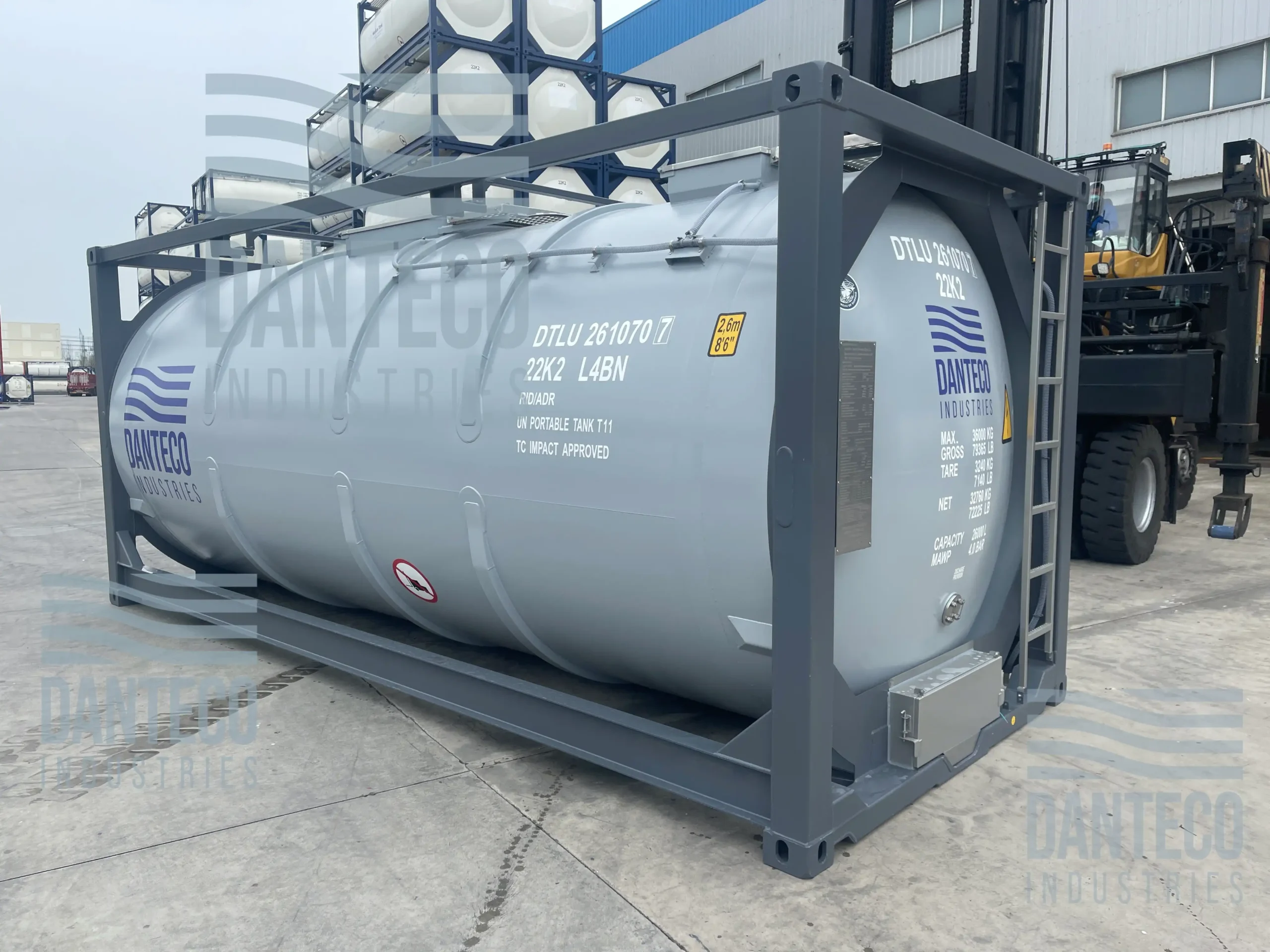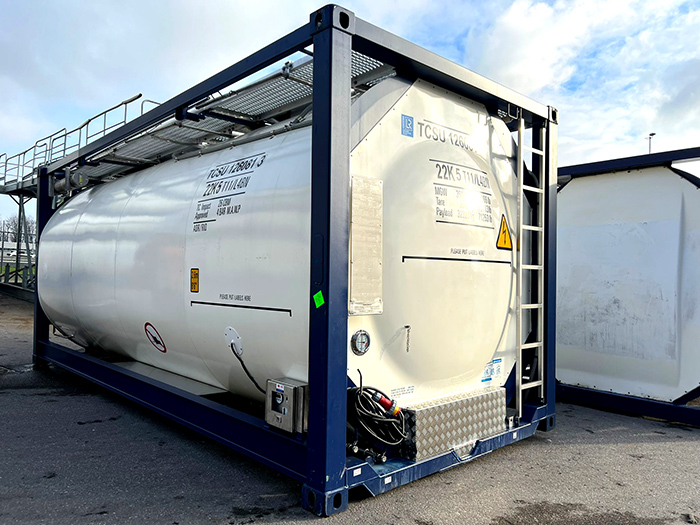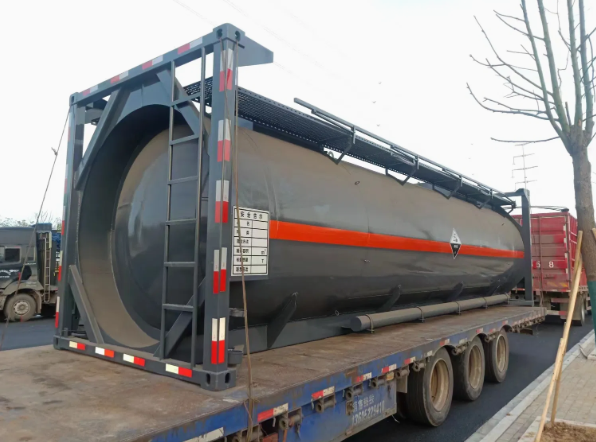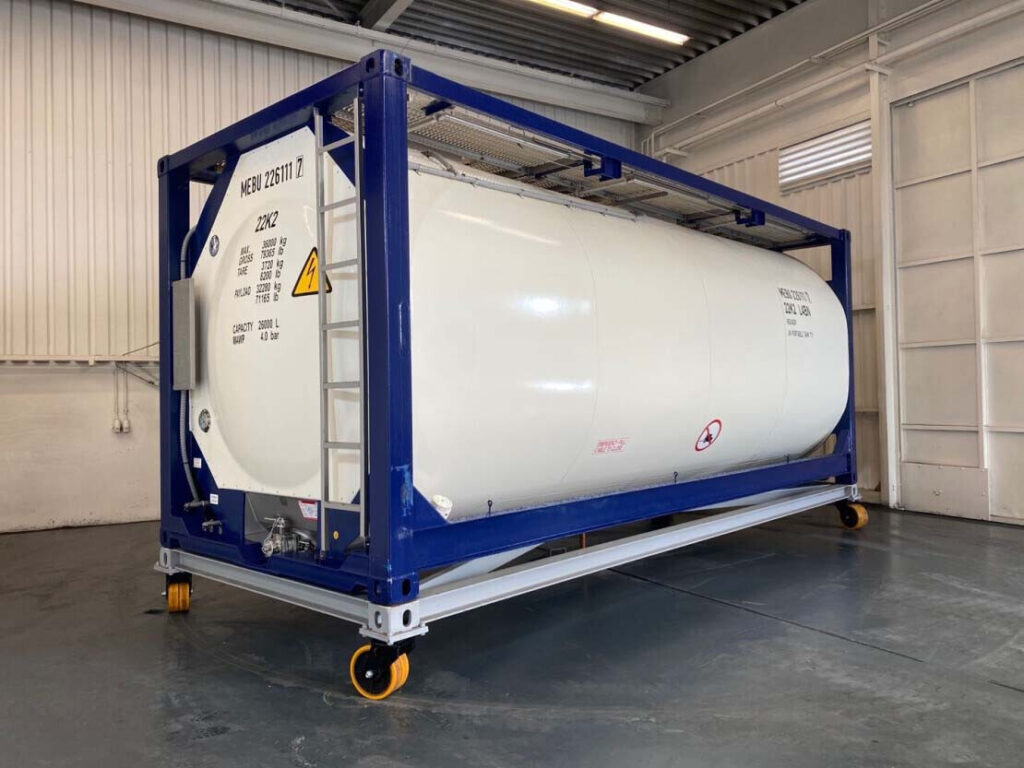Tank containers, often referred to as ISO tanks, are a critical component in the shipping and logistics industry. Designed to transport both hazardous and non-hazardous liquids, these containers come in various sizes, each catering to specific industry needs. Whether you’re shipping chemicals, food-grade liquids, or fuel, understanding the different tank container sizes is essential for optimizing your logistics operations.
In this blog post, we will dive deep into the various tank container sizes, their specifications, and how to choose the best one for your business. Let’s also explore why these sizes matter, from efficiency in shipping costs to regulatory compliance.
Why Are Tank Container Sizes Important?
Before diving into the details of the different sizes, it’s essential to understand why selecting the correct tank container size matters.
- Cost-Efficiency: Larger containers can carry more liquid per trip, reducing the overall cost of shipping. However, using an oversized container for a smaller load can waste space and resources.
- Safety Regulations: Certain liquids, especially hazardous ones, have strict shipping guidelines. Using a container that meets the exact size and specification requirements ensures compliance with international safety standards.
- Handling and Storage: Depending on the size of the container, the handling and storage facilities required can differ. Larger containers may require more space and special equipment for handling.
Standard Tank Container Sizes
Tank containers typically follow ISO (International Organization for Standardization) standards, ensuring they can be easily transported by road, rail, and sea. Here are the most common sizes:
20ft Tank Containers
- Dimensions: 20ft x 8ft x 8.6ft
- Capacity: 24,000 to 26,000 liters
- Tare Weight: Approximately 3,000 to 4,000 kg
- Gross Weight: 30,000 kg (depending on the model)
20ft tank containers are the most common in the industry due to their versatility and easy maneuverability. They are used for a wide range of liquids, from chemicals and fuels to food-grade products like wine, juice, and milk.
30ft Tank Containers
- Dimensions: 30ft x 8ft x 8.6ft
- Capacity: 30,000 to 31,000 liters
- Tare Weight: Approximately 4,500 kg
- Gross Weight: 36,000 kg (depending on the model)
While less common than the 20ft container, 30ft tank containers offer more capacity for businesses that need to transport larger volumes of liquid. However, they are primarily used in specific industries due to their size and the infrastructure required to handle them.
40ft Tank Containers
- Dimensions: 40ft x 8ft x 8.6ft
- Capacity: 45,000 to 46,000 liters
- Tare Weight: Approximately 5,500 to 6,000 kg
- Gross Weight: 40,000 kg (depending on the model)
The 40ft tank container is one of the largest available, designed for high-volume shipping. These containers are often used for bulk liquid transport and are ideal for industries that require significant quantities of liquids to be moved in a single trip.
45ft Tank Containers
- Dimensions: 45ft x 8ft x 9.5ft
- Capacity: 48,000 to 50,000 liters
- Tare Weight: Approximately 6,000 kg
- Gross Weight: 50,000 kg
The 45ft tank container is an extra-large option primarily used in specialized industries. With its additional height of 9.5 feet, it offers more capacity, making it an excellent option for companies looking to maximize their shipping loads. However, the infrastructure needed to transport and handle these containers is more specialized and less widespread than that required for the smaller 20ft and 30ft containers.
Choosing the Right Tank Container Size
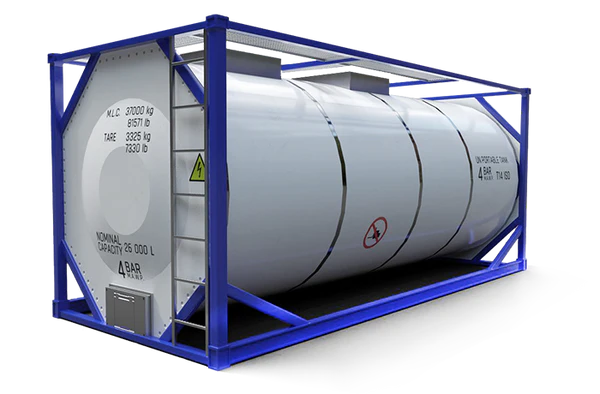
Now that you understand the various sizes available, the next step is to choose the right one for your business needs. Here’s what to consider:
1. Nature of the Liquid
Some liquids require specific storage and handling conditions. Hazardous chemicals, for example, need to be transported in containers that meet strict safety standards, such as double-walled containers or those with specific pressure controls. Ensure that the size of the container you choose aligns with the safety and storage requirements of the liquid you’re transporting.
2. Volume of Liquid
The amount of liquid you’re shipping will greatly impact the size of the container. If you’re shipping a large volume of liquid, opting for a 30ft or 40ft container may be more cost-efficient than multiple trips with 20ft containers. However, if your liquid volume is small, it’s better to use a 20ft container to avoid wasting space and paying for unused capacity.
3. Infrastructure and Handling
Larger containers, such as the 40ft and 45ft sizes, require more specialized handling equipment and storage facilities. Not all ports and transportation facilities are equipped to manage these large sizes. Ensure that the infrastructure in your shipping route can accommodate the size of the container you choose.
4. Cost-Effectiveness
Larger containers offer more capacity and reduce the cost per liter of liquid transported. However, using an oversized container for a smaller load can be inefficient. Balance the cost of renting or purchasing the container with the savings on shipping costs.
Specialized Tank Containers
In addition to the standard tank container sizes, specialized containers cater to specific industries and requirements. Some of the most common specialized tank containers include:
Refrigerated Tank Containers
These are designed for the transportation of temperature-sensitive liquids, such as perishable foods and certain chemicals. They come in 20ft and 30ft sizes and feature built-in refrigeration units to maintain the required temperature throughout the journey.
Swap Body Tank Containers
These containers are designed with a wider frame and more capacity, often used in Europe for intermodal transport. Swap body tank containers come in 20ft and 30ft sizes and can be swapped between trucks, ships, and trains easily.
Gas Tank Containers
For transporting liquefied gases such as propane, butane, or LNG, gas tank containers are designed to withstand high pressures and often come in the standard 20ft size. They feature special safety mechanisms and reinforced walls to prevent leaks and ensure safe transportation.
Conclusion
Choosing the right tank container size is crucial for optimizing your logistics and ensuring the safe and efficient transport of liquids. Whether you’re moving hazardous chemicals or food-grade liquids, selecting the appropriate size and type of tank container can reduce costs, ensure compliance with safety regulations, and improve your overall shipping efficiency.
At Equip Intermodal, we offer a range of tank containers to suit your shipping needs. From the popular 20ft containers to specialized options like refrigerated or gas tanks, we have the right container for you. Explore our full range of tank containers here and find the perfect solution for your business.
FAQs
- What is the most common tank container size?
- The 20ft tank container is the most commonly used size due to its versatility and ease of handling.
- Can I transport hazardous liquids in any tank container?
- No, hazardous liquids require specific containers that meet international safety standards. Always ensure the tank container you choose complies with these regulations.
- How do I know which tank container size is right for my business?
- Consider the volume of liquid, the nature of the liquid, and your shipping infrastructure when selecting the right size. Consult with a logistics expert if you’re unsure.
- What is the capacity of a 40ft tank container?
- A 40ft tank container typically holds around 45,000 to 46,000 liters of liquid.
By understanding the different tank container sizes and their uses, you can ensure that your business operates efficiently, reduces costs, and complies with all necessary regulations. Let Equip Intermodal help you make the right choice for your liquid shipping needs.
More On Shipping Containers
20ft Twin deck Containers: Maximizing Your Shipping Efficiency
20ft used tank containers for sale

